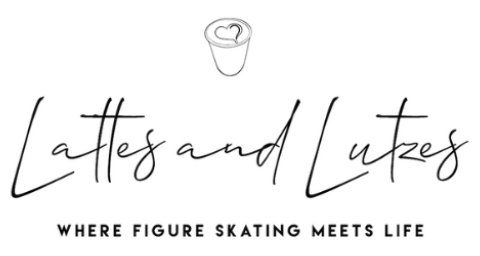
Freestyle sessions offer a unique opportunity for skaters to hone their skills, practice programs, and perfect jumps and spins. However, with multiple skaters sharing the ice at once, navigating these sessions can sometimes feel like maneuvering through rush hour traffic. While each ice rink may have slightly different rules here are some tips and general guidelines to make the most of your time on the ice and ensure a safe and productive session.
-
- Stay Aware of Your Surroundings: Just like driving a car, it’s crucial to stay aware of your surroundings while skating. Keep an eye out for other skaters, paying attention to their movements and potential obstacles on the ice.
- Communicate Effectively and Follow the Flow of Traffic: Use verbal cues to communicate with other skaters, especially when passing or changing direction. A simple “on your right” or “passing behind you” can help prevent collisions and ensure everyone stays safe on the ice. Additionally, freestyle sessions often have designated patterns or directions for skating. Pay attention to these guidelines and skate in the same direction as the majority of other skaters. If you need to skate against the flow, do so cautiously and yield to oncoming skaters.
- Respect the Right of Way: Generally speaking, the hierarchy for a freestyle session is as follows: the person who is running their program with music, often identified by brightly colored vests or belts provided by many rinks for easier identification, takes precedence. Next are those in lesson, choreography sessions, or jump harness, followed by individuals on the path to their jump or beginning their spin, and finally, those practicing on their own. As you attend regular sessions, you’ll gradually become familiar with your training mates, including the direction they jump and spin, their coaches, and whether they’re practicing specific skating skills or dance tests.
- Give Space to Perform: If you see a skater practicing a routine or working on a specific element, give them plenty of space to perform. Avoid skating too close or cutting them off, as this can disrupt their concentration and increase the risk of accidents.
- Look out for Center Ice: The center of the ice is often reserved for skaters practicing spins. If you’re not actively working on these elements, try to avoid lingering in the center of the rink.
- The Ends of the Rink: This is typically where the jumps happen. The Lutz jump very often happens in the corner, while the flip can sometimes occur towards the center of the short side. Axel jumps will often follow the curve of the short side as well, but sometimes happen more towards the middle of the rink, which is often the same path for a loop jump. Bear in mind, if you are on a session with skaters who have multi-rotation jumps, their path to that jump extends much further out. For example, the triple lutz might still happen in the lutz corner; however, that skater needs to gather enough speed and therefore will have a longer approach to the jump.
- Be Patient and Courteous: Freestyle sessions can get crowded, making it essential to be patient and courteous to your fellow skaters. If you accidentally cut someone off or get in their way, apologize and move on, keeping in mind that everyone is there to improve their skills and enjoy their time on the ice.
- Take a Break as Needed: Know when to take a break. If you start to feel fatigued or overwhelmed, don’t hesitate to step to the side or exit the rink temporarily to catch your breath and regain your focus. It’s better to rest and return refreshed than risk injury or accidents due to fatigue.
- Pairs Need Space: If you are on a session with a pair or dance team, please know they will take up extra space on the ice. As silly as it sounds, the same pattern with two skaters performing it really does change the dynamic. It’s also important that you watch out for them, even if it appears that the male or lead skater can see you. Remember, their primary focus is on their partner and ensuring they can execute lifts and spins safely.
- Help! I’m New to This: If you are just transitioning from public or Learn to Skate sessions, here are a few tips. It can be overwhelming moving to a freestyle session, so consider starting with your coach. They can help guide you as you learn the flow and patterns of the session. Additionally, try arriving to your session extra early so you can watch beforehand as you warm up, getting a better idea of the patterns and skaters. Lastly, ask your rink which sessions are the quietest and start with those.
What are some additional tips you’ve found helpful for navigating busy freestyle skating sessions? Share your insights and experiences with us!

0 Comments